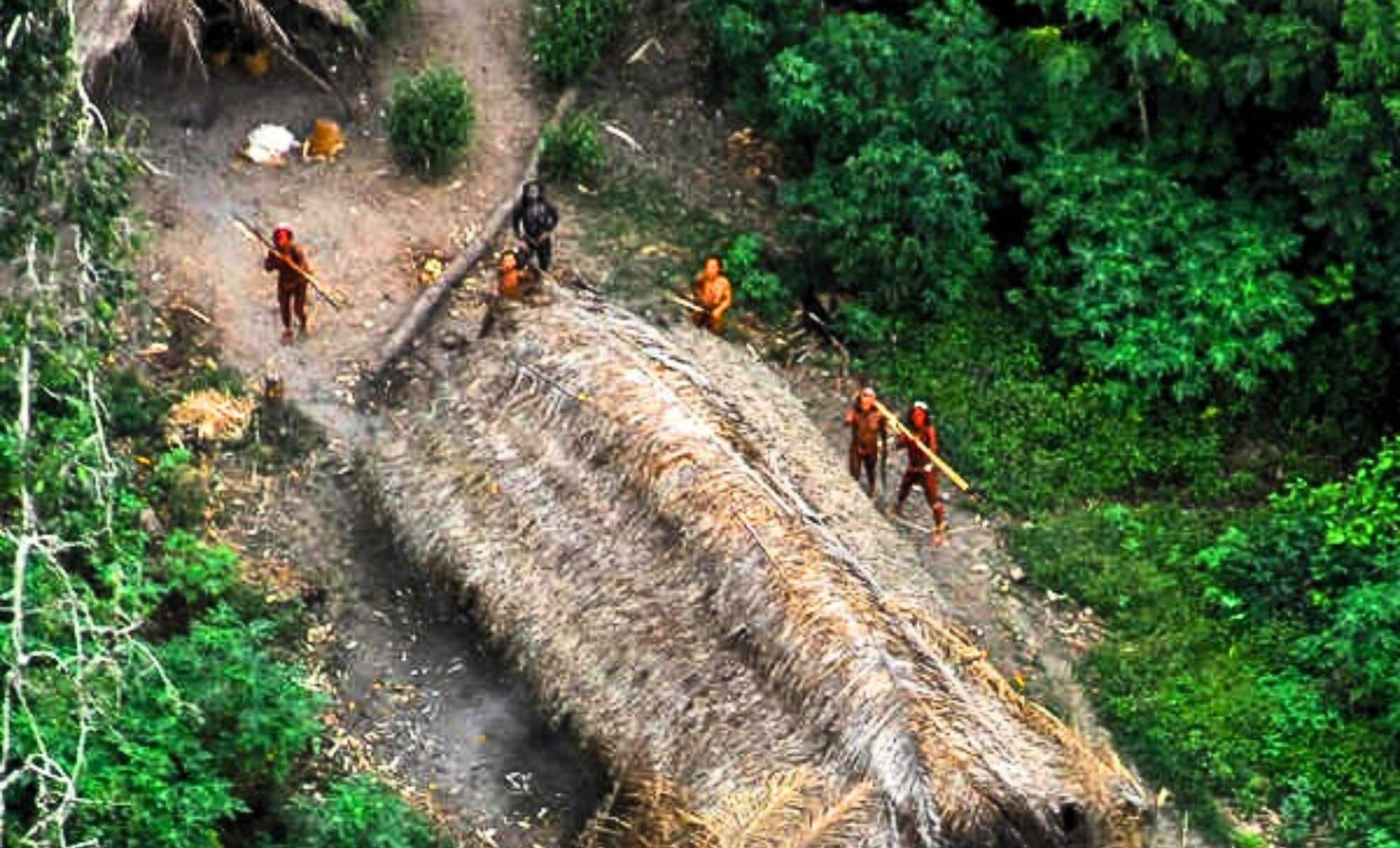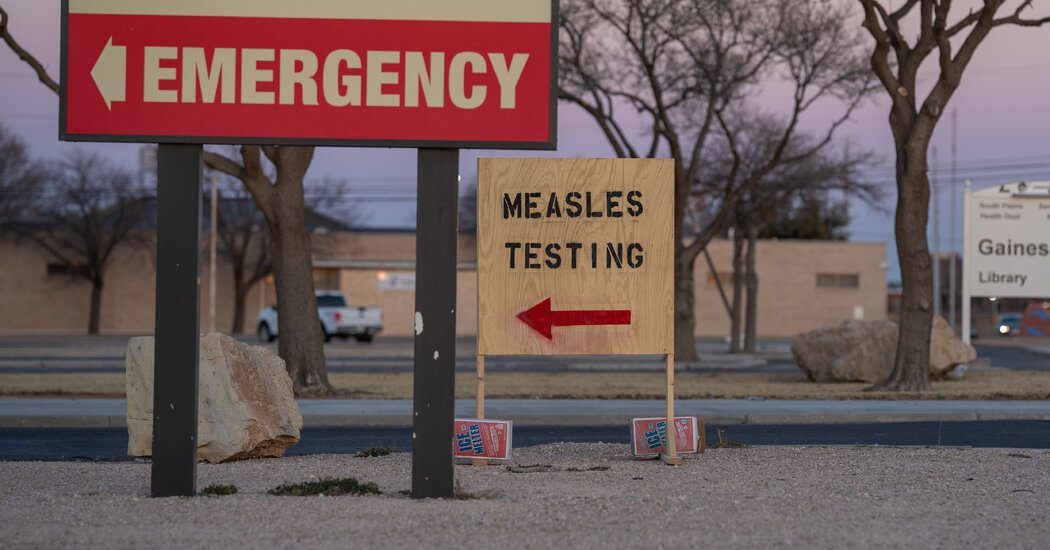
Across the globe, the world’s last uncontacted tribes exist in remarkable seclusion, isolated from the influences of modern society by impenetrable jungles, remote islands, and legislative safeguards. Recent aerial images and videos have granted us a unique perspective into their existence, showcasing stunning scenes of survival, intrigue, and resilience.
From the fiercely autonomous Sentinelese residing on North Sentinel Island in India to elusive indigenous communities nestled deep within the Amazon’s Javari Valley, these visuals present a rare and almost otherworldly look at communities that have remained untouched by the forces of globalization. Yet, their way of life is becoming increasingly jeopardized by illegal land invasions, deforestation, and the spread of diseases, prompting urgent discussions about their future.
A Rare Insight Into The Unseen
A striking viral video compilation released in 2018 by Death Island Expeditions garnered over 3.5 million views, featuring rare footage of uncontacted tribes encountering modern technologies. Captured by G. Miranda for Survival International, these snapshots exhibit indigenous individuals in clearings, gazing up at flying drones, with their bows and arrows at the ready.
For those outside these tribes, these images are both captivating and disconcerting—offering a tangible glimpse into a vastly different way of life. “It’s astonishing to realize they are unaware of supermarkets, WiFi, or even electricity,” one fascinated YouTube viewer commented.
The visual range from high-altitude aerial perspectives of their settlements—depicting simple huts crafted from local materials—to intimate portraits of tribespeople dressed in their traditional garments, sometimes displaying defensiveness while at other times observing with gentle curiosity.
The Sentinelese and Amazon’s Hidden Tribes
Among the most recognized uncontacted groups are the Sentinelese, an indigenous tribe inhabiting North Sentinel Island in India’s Andaman Islands. Believed to comprise between 50 to 200 members, this tribe has steadfastly resisted contact with outsiders for tens of thousands of years.
Renowned for repelling intruders with vigor, they often utilize bows and spears to deter approaching vessels or aircraft. The Indian government has prohibited any attempts to engage with them, recognizing the risks of disease transmission and cultural disruption.
Elsewhere, within the dense expanses of the Amazon Rainforest, uncontacted tribes thrive in the remote Javari Valley, a secluded area along the Brazil-Peru border. The Brazilian government, through FUNAI (Fundação Nacional do Índio), has been actively documenting these communities and striving to shield them from illegal logging, mining, and drug trafficking that threaten their territories.


Threats Posed by Modernity
Despite government efforts to protect them, uncontacted tribes face escalating external challenges. As highlighted by Survival International, the primary threats include:
- Deforestation and unauthorized land seizures – Loggers, miners, and agricultural interests are rapidly penetrating protected areas, endangering both the natural environment and the tribes’ traditional ways of life.
- Exposure to diseases – Lacking immunity to contemporary illnesses like influenza or measles, even minimal contact with outsiders can devastate entire communities.
- Violence and exploitation – In certain instances, unlawful entities such as gold miners and drug traffickers have attacked indigenous peoples, resulting in violent confrontations.
José Carlos dos Reis Meirelles Júnior, an expert on uncontacted tribes, has committed decades to collaborating with FUNAI to document and safeguard these communities. “We flew over to reveal their homes, to demonstrate that they are here, that they exist,” he remarked, emphasizing the urgent need for their preservation.
The Perils of Contact: The Story of John Allen Chau
The intrigue surrounding uncontacted tribes has sometimes ended in tragic outcomes. The documentary The Mission, directed by Amanda McBaine and Jesse Moss, recounts the heartbreaking tale of John Allen Chau, an American missionary who sought to engage with the Sentinelese in 2018.
Disregarding Indian laws against contact, Chau enlisted local fishermen to transport him near North Sentinel Island, hoping to convert the Sentinelese to Christianity. Upon his arrival, he was met with hostility, as the tribe shot arrows at him. His body was discovered days later on the shore, and attempts at recovery were abandoned due to the potential for violent repercussions.
His experience raises critical ethical and existential questions surrounding interactions with uncontacted tribes. Should the world respect their isolation, or is there a moral obligation to introduce them to modern society? Numerous experts assert that non-contact is the most ethical approach, given historical patterns of disease outbreak and cultural annihilation upon contact.
A World on the Brink?
As satellite imagery and drone footage continue to uncover previously undocumented tribes, the dialogue intensifies: Should we prioritize their protection at all costs, or is their isolation inevitably destined to conclude?
It is evident that their delicate existence hangs by a thread. Without more robust enforcement of protected areas, stricter anti-logging measures, and heightened global awareness, the world’s last uncontacted peoples may not remain uncontacted much longer.
Their future is uncertain—will they persist in their untouched state, or will modern society ultimately engulf them?









